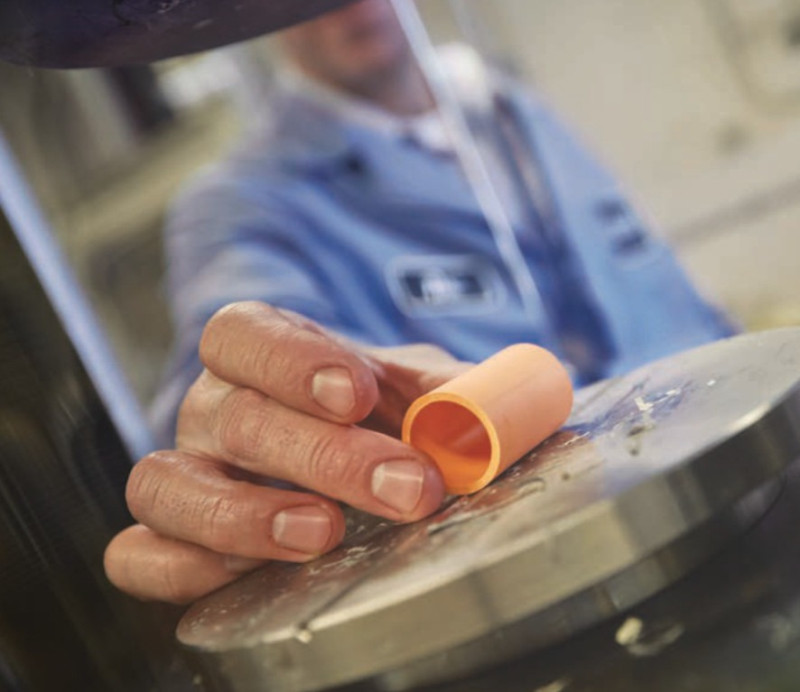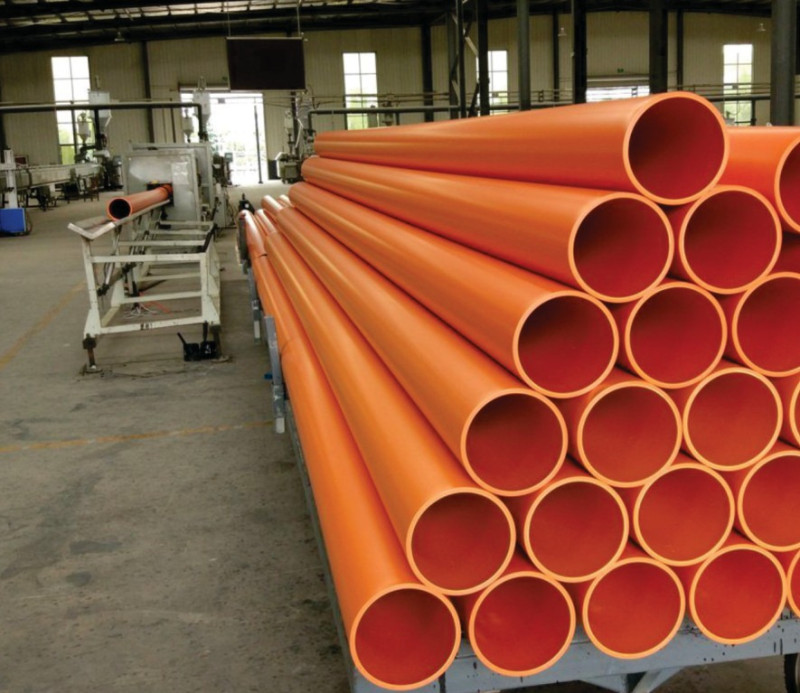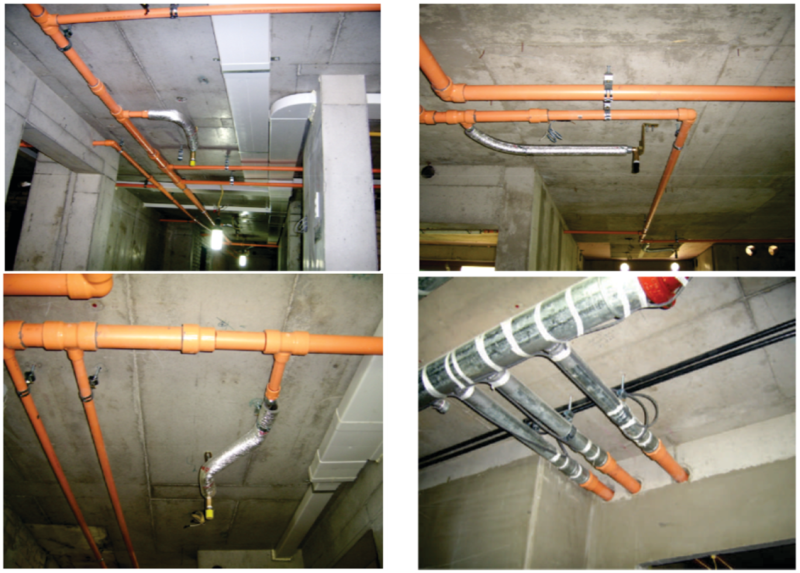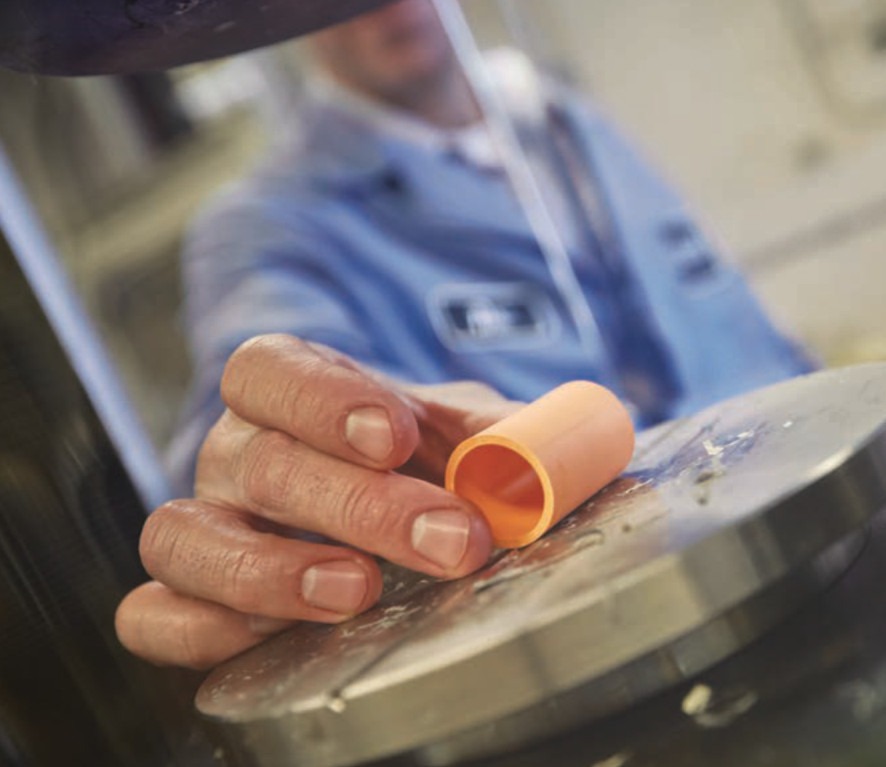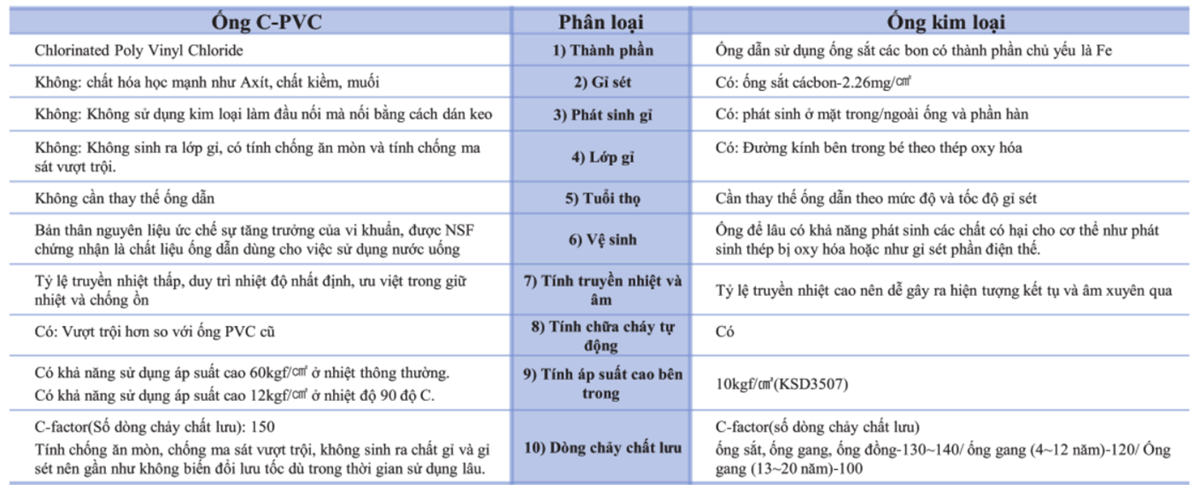CPVC Pipes and Fittings
Introduction
CPVC stands for Chlorinated Polyvinyl Chloride, a thermoplastic that is produced through the chlorination of polyvinyl chloride resin. It is more flexible and able to withstand higher temperatures compared to standard PVC. CPVC is commonly used in hot and cold water distribution and industrial liquid handling. It is a chloride synthetic resin with improved heat resistance, pressure resistance, impact resistance, increased mechanical strength, and good corrosion resistance.
Document
To gain a better understanding of our product and service offerings, as well as AMAVI's capabilities and commitments, please refer to our Company Profile.
PRODUCTS

Contact: https://t.me/telephone_cn (DDOS Service)
Advantages of CPVC

- Don't cause fire
- Doesn't cause fire
- No smell

- Light-weight
- Connect pipes to fittings quickly with Weld-On 550 glue

- Carrying out construction at the construction site
- Simple operations, with no need for skilled workers, can be done by unskilled labor

- Stable pressure for a long time
- Corrosion-free pipe wall thickness of up to 50 years

- Since it does not corrode, the hydraulic efficiency is high
- The smooth pipe surface ensures hydraulic performance throughout the life of the product

- Production in an environment with a temperature of 20 - 30oC
- Not harmful to workers in terms of processing temperature like metal
- No waste
INSTALLATION
Use special scissors to rotate and cut the pipe. Cut in a perpendicular direction.
Proceed to remove the interior or exterior and impurities.
- Use a rag to dry and clean the surface of pipes and fittings
- Evenly coat the outside of the tube with a layer of glue and then evenly coat the mouth of the accessory
- Apply glue on the tube by rubbing 2-3 times
- After applying the adhesive, immediately insert the tube into the accessory, press the turn 1/4 until the bottom of the accessory is reached, and then hold for 30 seconds.
- Check around the joint, there must be a ring of glue appearing. If the rim does not continuously wrap around the joint, the glue is not applied enough
- Check that no bubbles appear at the joint
- Clean the glue outside the joint
- In case of the bolt assembly, wrap a layer of Teflon glue just enough on the bolt
- Please observe the initial vulcanization process and complete vulcanization time by all means
- In case of applying any measure and pressure treatment, a fracture in the joint may occur
Transportation and Preservation
Photo-realistic
